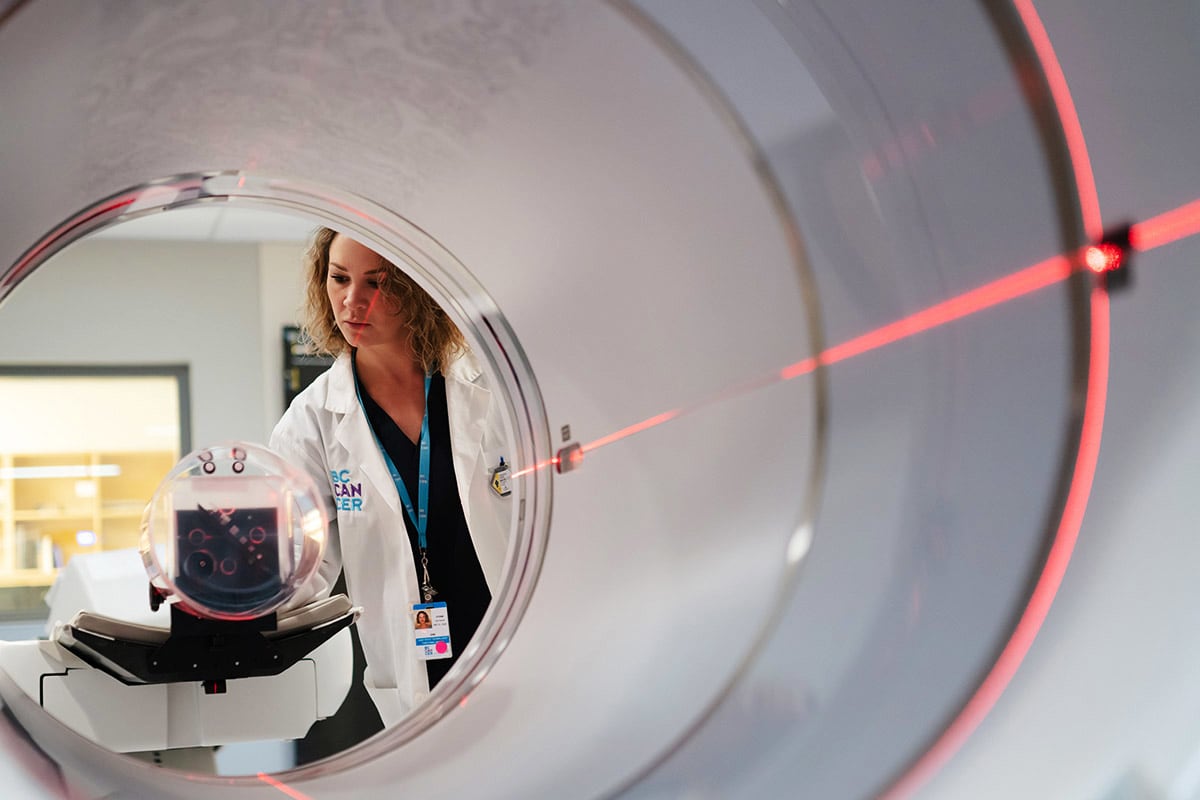Most common gynecologic cancer gets boost
March 8, 2016
It is a pleasure to be able to contribute to the BC Cancer Foundation blog again!
Since I last blogged almost a year ago, we have gained further insight on the behavior of different endometrial cancers, and I had the pleasure of joining another Ride to Conquer Cancer last summer, in somewhat epic conditions.
Tales of adventure on the latter are for another day. But I would like to share some of our research team’s progress in endometrial cancer.
First, thanks to an incredibly generous donation by a family who was impacted by endometrial cancer we have been able to complete biologic analysis of almost 500 endometrial cancer cases from B.C. The Sarabjit Gill Memorial Fund supported the analysis of molecular features, clinical outcomes, and response to therapy in this large cohort.
We have succeeded in publishing multiple, high-impact journal articles sharing our findings, and have been awarded three national-level grants associated with this work. In addition, I was fortunate to receive the BC Cancer Foundation’s Clinical Investigator Award last month.
This funding supports me in multiple ways: through protected time from clinical and surgical duties to actually do the research, through support of complimentary research team members who can increase our productivity, and/or in a pinch can assist in purchasing actual materials or equipment for the experiments.
This is an amazing cancer centre, with many deserving applicants for such funding and I hope all of my colleagues will gain the same level of support in future years.
Where are we now in endometrial cancer research and where do we need to go?
Although endometrial cancer is the most common gynecologic cancer and the fourth most common cancer in women, overall it has been under studied and not well funded historically. This might be because most women with endometrial cancer have very good outcomes and can be cured by surgery alone. However, for the 20-30% of women who have disease that has spread beyond the uterus, or in whom the disease comes back our treatments do not always work effectively and these women may die from their disease.
Globally, the number of new cases and deaths from endometrial cancer are increasing at an alarming rate. Action needs to be taken and over the last several years, our research team and others are working to understand this disease better and reverse (or at least slow down!) that very worrisome trend.
Part of the challenge has been identifying which cancers are likely to come back and which women are cured by surgery. We are now looking at the molecular features of the tumors themselves and gathering information that suggests:
- Likelihood of disease recurrence which can guide additional therapy and follow-up;
- Likelihood of response to specific therapies; and
- Possible inherited family syndromes that would have implications both for the individuals and her family, where steps could be taken to prevent future cancers.
In my next post, I will share how this new way of looking at endometrial cancers is completely changing the approach to research and clinical management.
Jessica


